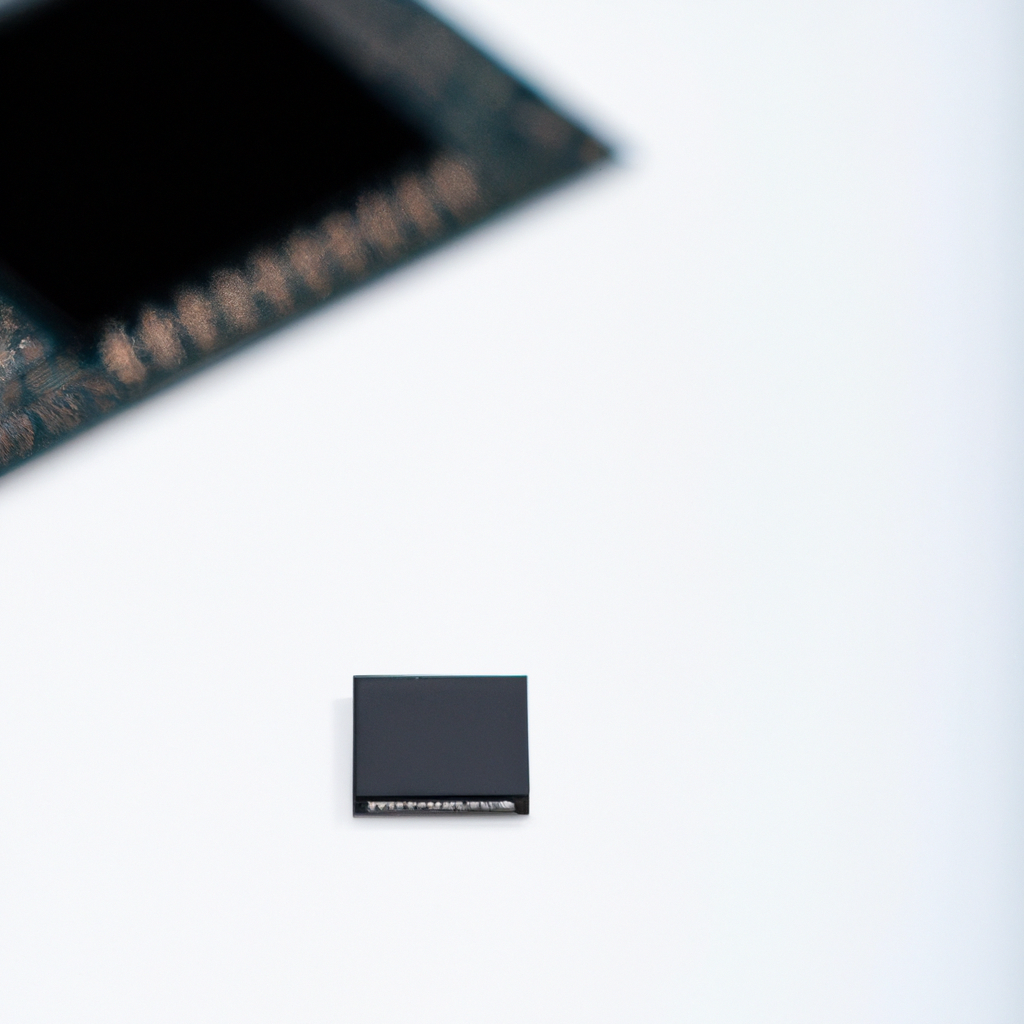One of China’s key contenders in the global chip competition has established a research and development center in Shanghai, anticipating challenges from U.S. sanctions aimed at limiting its progress in advanced technology.
The Huawei Lianqiu Lake R&D Center is set to begin operations this year with an investment exceeding 10 billion yuan ($1.4 billion), according to a statement from the Qingpu district government. The center aims to drive significant advancements in crucial technological areas such as 5G, cloud computing, and artificial intelligence, the statement added.
State-owned Securities Times reported in January that nearly 30,000 personnel would be engaged in the research and development of chips, wireless networks, and the internet at the new facility.
Huawei has been on the U.S. trade blacklist since 2019, with special licenses for U.S. chipmakers Intel and Qualcomm to sell to blacklisted Chinese firms revoked in May. Nonetheless, Huawei has seen a revival in the Chinese market with the release of its Mate 60 Pro smartphone, powered by the Kirin 9000s chip.
This chip, employing advanced 7-nanometer processing technology, marks a significant hit to U.S. sanctions and was produced by Semiconductor Manufacturing International Corp. (SMIC), China’s leading chipmaker. Bloomberg reported in March that U.S. technologies from Applied Materials Inc. and Lam Research Corp. were used in its production. SMIC obtained these technologies before the U.S. prohibited supplying Chinese firms with advanced chips and equipment in October 2022.
In April, U.S. Secretary of Commerce Gina Raimondo remarked that Huawei’s smartphone chip is “not nearly as good” and “years behind what we have in the United States,” indicating the effectiveness of U.S. export controls.
Meanwhile, Huawei faces difficulties ramping up production of its Ascend 910B chip, China’s top alternative to Nvidia’s chips, which are banned from being sold to Chinese customers. This is due to issues with components in repurposed chip fabrication machines breaking down.
